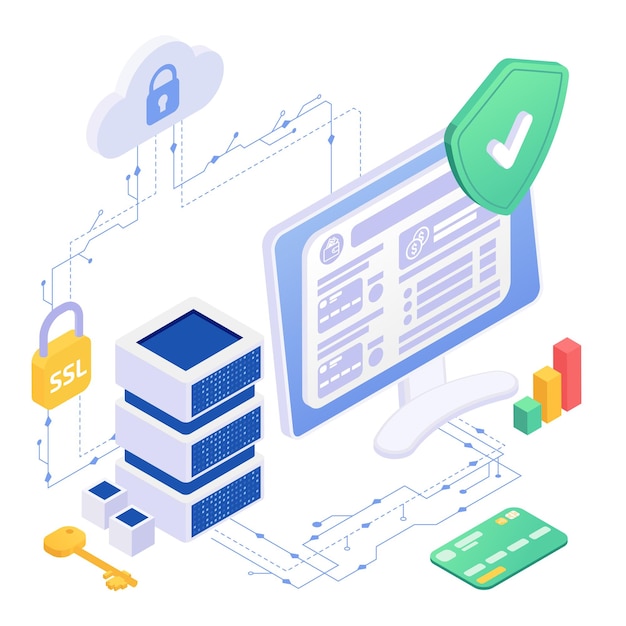Virtualization involves using software to create "virtual" variants of hard devices, including servers, storage devices, and networks.
Let's see how it works: Virtualization uses software that allows one physical machine to act like several distinct machines. Each of these is a virtual machine, and each virtual machine can have its operating system and applications, such as its little computer, but on one physical server.
Types of Virtualization:
-
Desktop Virtualization: This allows us to run separate, personalized desktops from a centralized server.
-
Network Virtualization: Divides network bandwidth into separate channels, making it more efficient.
-
Software Virtualization: Keeps applications separate from the hardware and OS, making them easier to manage.
-
Storage Virtualization: Combines storage resources across a network into one big storage pool.

Benefits of Virtualization:
-
Scalability: Since we are using VM, it is easy to scale up by adding more virtual resources.
-
Efficiency: We make use of the hardware much better because several VMs can work on a single physical device.
- Cost-Effective: Organizations save money by avoiding the need for a lot of separate physical hardware.
 REGISTER FOR FREE WEBINAR
X
REGISTER FOR FREE WEBINAR
X
 Thank you for registering
Join Edureka Meetup community for 100+ Free Webinars each month
JOIN MEETUP GROUP
Thank you for registering
Join Edureka Meetup community for 100+ Free Webinars each month
JOIN MEETUP GROUP